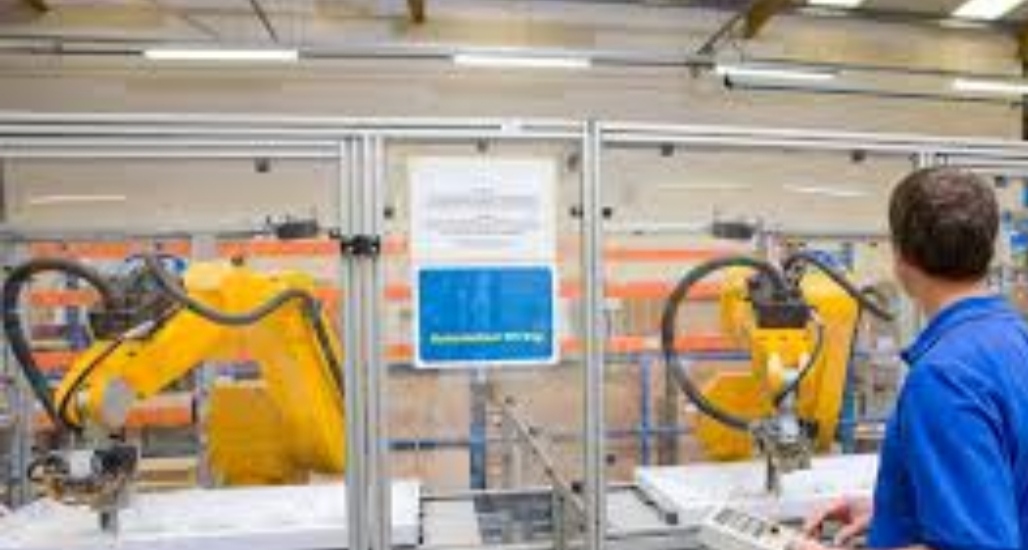The COVID-19 pandemic had a profound impact on the global job market, prompting widespread disruptions and economic challenges. However, as economies gradually emerge from the crisis, the focus has shifted towards post-pandemic recovery and the trajectory of job growth.
Early in the pandemic, lockdowns and restrictions led to massive job losses across industries. Many businesses faced closures, while others pivoted to remote work. As vaccination efforts gained traction and restrictions eased, a slow but steady recovery began. Sectors like technology, healthcare, and e-commerce saw accelerated growth, contributing to job opportunities.
Tracking the trajectory of job growth post-pandemic involves monitoring several key indicators. Unemployment rates, job creation statistics, and workforce participation levels provide insights into the overall health of the job market. Additionally, the types of jobs being created—whether they are temporary, part-time, or full-time—shed light on the quality of opportunities available.
Remote work and digital transformation remain influential factors. Companies embracing hybrid work models have the potential to tap into a wider talent pool, transcending geographical boundaries. However, this shift also highlights the need for upskilling and reskilling to meet evolving job demands.
As economies navigate the complexities of recovery, governments, businesses, and individuals play crucial roles in shaping the trajectory of job growth. Strategic investments in infrastructure, education, and sustainable industries can drive job creation and economic resilience. By learning from the lessons of the pandemic, society can work towards building a more adaptable, inclusive, and robust job market for the future




